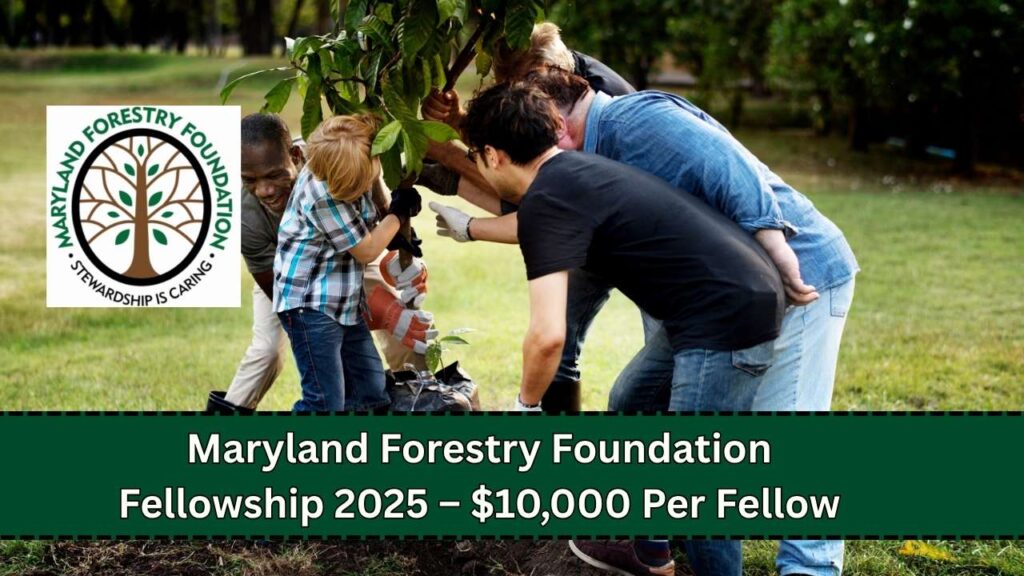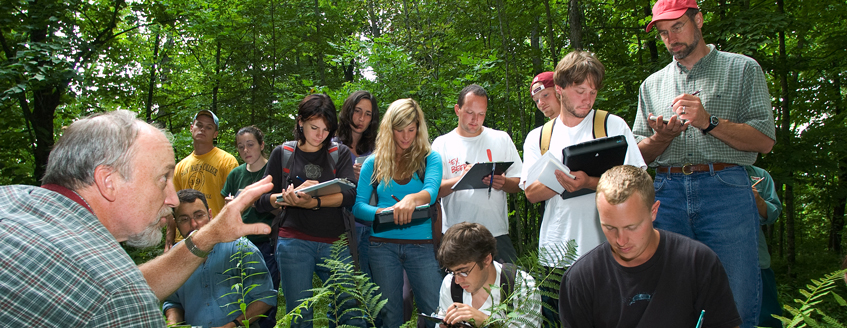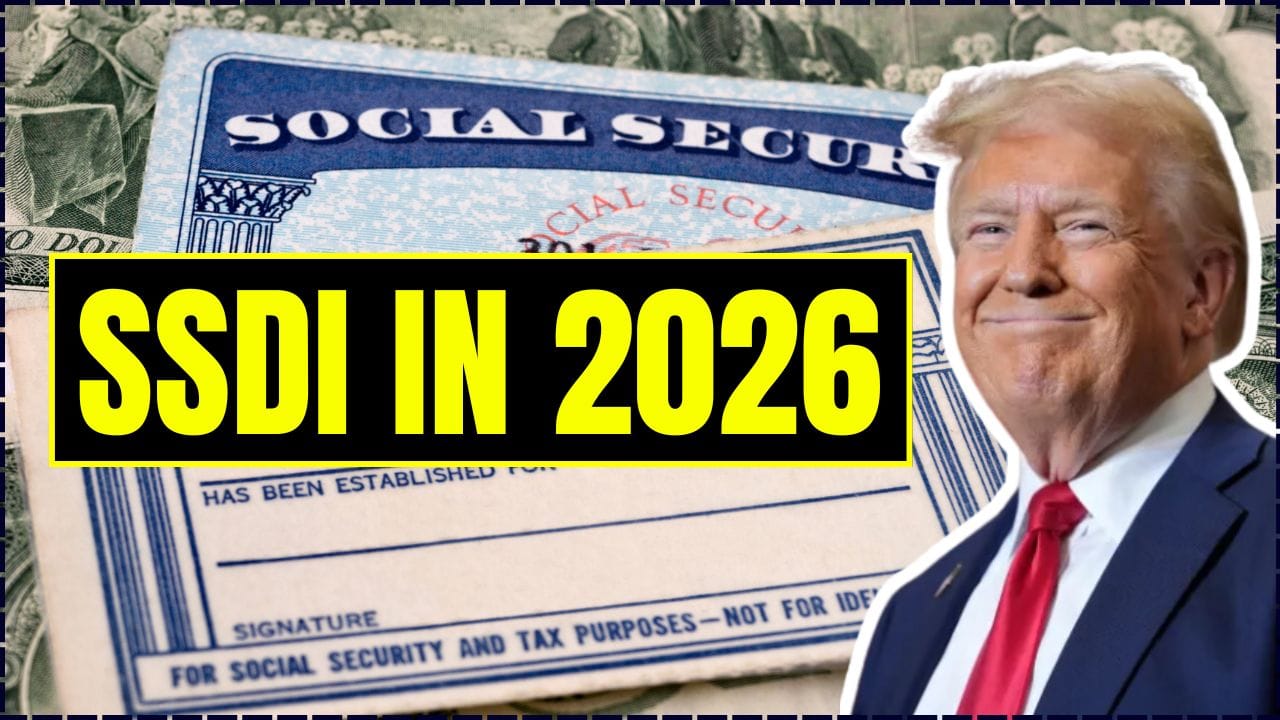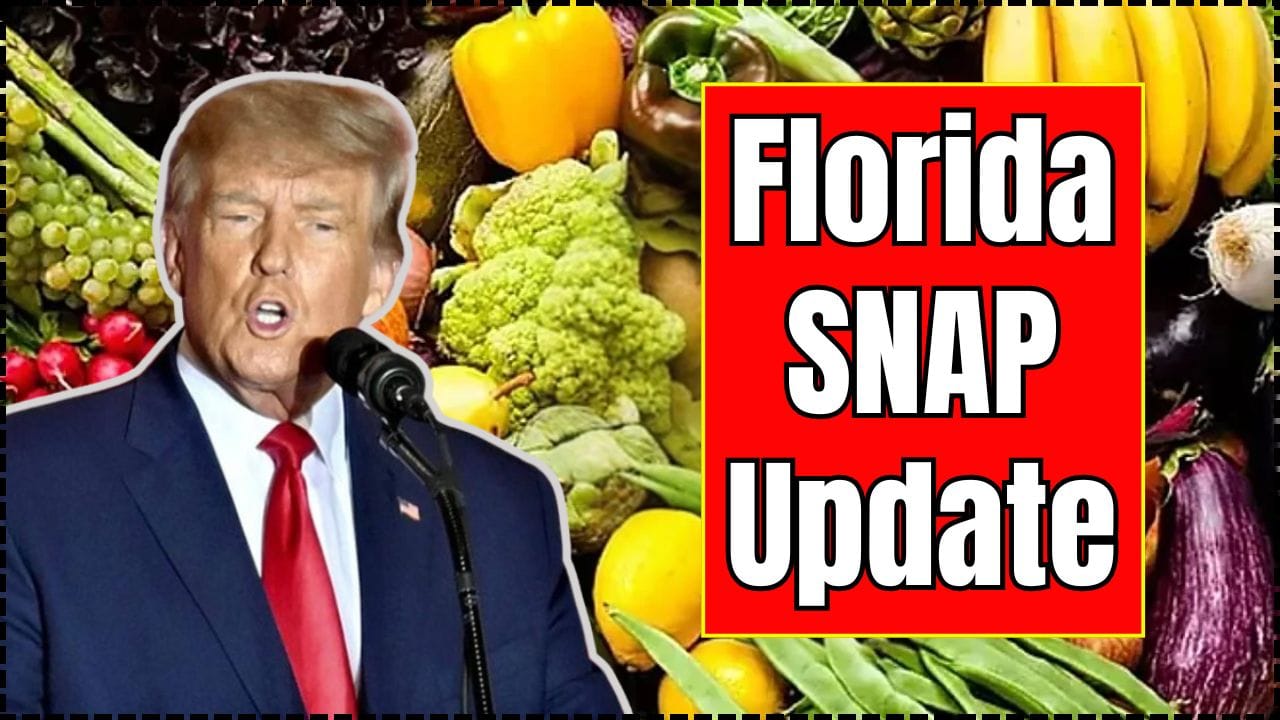Maryland Forestry Foundation Fellowship 2025 – Dreaming of a career dedicated to nurturing our planet’s vital forests? The Maryland Forestry Foundation Fellowship 2025 application guide is your essential resource to understanding and navigating a fantastic opportunity: the Mel Fellowship Program.
This prestigious fellowship offers a generous $10,000 award, alongside invaluable experience and networking opportunities for students passionate about natural resources, forestry, environmental science, and urban greening. If you’re an undergraduate or graduate student looking to make a real impact, this article will walk you through everything you need to know to put your best foot forward.
Let’s get started on your journey to becoming a Maryland Forestry Foundation Fellow!

This fellowship, named in honor of Mel Noland, a champion for sustainable forestry, isn’t just about financial support; it’s a launchpad for future environmental leaders. In my experience advising students, a well-understood and meticulously prepared application significantly boosts your chances. So, let’s dive deep!
Maryland Forestry Foundation Fellowship 2025
| Key Fact | Detail/Statistic |
| Fellowship Award | $10,000 per fellow |
| Number of Fellowships | 4 annually (2 in Natural Resources Careers, 2 in Urban & Community Forestry) |
| Application Period (2025-2026 Cycle) | Opens: May 15, 2025; Closes: July 15, 2025 |
| Fellowship Duration | October 1, 2025 – July 31, 2026 |
| Primary Goal for Fellows | Successful matriculation in a Natural Resources field of study and acting as an ambassador for forestry programs. |
| Focus Areas | Natural Resources Careers, Urban & Community Forestry |
| Named After | Mel Noland, an influential voice for sustainable forestry and Chesapeake Bay protection. |
The Maryland Forestry Foundation (Mel) Fellowship Program offers an exceptional opportunity for students dedicated to forestry and environmental stewardship. With its generous $10,000 award, invaluable networking, and hands-on experience, this fellowship can be a significant stepping stone in your academic and professional journey. This Maryland Forestry Foundation Fellowship 2025 application guide has provided you with a comprehensive overview, but your next step is crucial: head over to the official Maryland Forestry Foundation website (opens in a new tab) to get the latest, most precise details.
What is the Maryland Forestry Foundation (Mel) Fellowship?
The Mel Fellowship Program, administered by the Maryland Forestry Foundation, is designed to support and encourage dedicated students to pursue impactful careers in Natural Resources and Urban & Community Forestry. It’s more than just a scholarship; it’s a developmental experience. Fellows receive a $10,000 stipend to help offset college costs, enabling them to focus on their studies and fellowship responsibilities.
This fellowship honors Mel Noland, who was a significant advocate for sustainable forestry practices throughout Maryland and a strong proponent of forest education. The program aims to continue his legacy by empowering students to become the next generation of environmental stewards and leaders. Selected fellows not only gain financial backing but also become ambassadors for natural resources careers and various Foundation urban forestry programs and initiatives. This often involves engagement in public outreach, educational activities, and gaining firsthand experience in the forestry sector.
Eligibility Criteria for the Maryland Forestry Foundation Fellowship
Understanding the eligibility requirements is the first crucial step in your Maryland Forestry Foundation Fellowship 2025 application guide. While you should always consult the official Mel Fellowship Program page for the most definitive and up-to-date criteria, here’s a general overview based on recent announcements for the 2025 cycle:
- Enrollment Status: Applicants should be currently enrolled in a U.S. college or university. This often includes both domestic and international students.
- Field of Study: You should be pursuing a degree related to natural resources, environmental studies, forestry, urban planning, sustainability, or other closely related fields.
- Academic Standing: While a specific GPA might be requested (often a cumulative GPA is part of the application), a strong academic record is generally expected.
- Interest and Passion: A demonstrated strong interest in environmental leadership, advocacy, public engagement, and a passion for forestry or urban environmental issues is key.
- Residency: This is a critical point to verify. Historically, some MFF materials indicated a preference or requirement for Maryland residents. However, more recent announcements for the 2025 cycle (as seen on external scholarship listing sites that seem to be updated for the 2025 call) suggest eligibility for any student studying at a U.S. institution. It is vital to check the official Maryland Forestry Foundation website or contact them directly to confirm the current residency or enrollment requirements for the 2025-2026 cycle before applying.

Benefits of the Maryland Forestry Foundation Fellowship
The Mel Fellowship offers a compelling package of benefits that extend far beyond the significant financial award:
- Financial Support: A $10,000 stipend, typically paid out monthly, to support your academic and living expenses. This can greatly reduce financial stress, allowing you to dedicate more time to your studies and fellowship activities.
- Career Development:
- Leadership Experience: Fellows act as ambassadors, providing a unique platform to develop leadership and public speaking skills.
- Networking Opportunities: You’ll have the chance to connect with a wide range of professionals in industry, government, and non-profit organizations. These connections, made through meetings and events across Maryland, can be invaluable for future job searches.
- Practical Experience: Engagement in real-world projects, potentially including research on forest policy, input into Foundation webinars, and assistance in planning forestry summits.
- Academic and Personal Growth:
- The fellowship is structured to help you successfully graduate in your chosen natural resources field.
- You’ll gain a deeper understanding of sustainable forestry practices and environmental advocacy.
- The experience can significantly enhance your resume and make you a more competitive candidate for future academic or career pursuits.
- Contribution and Impact:
- Fellows contribute to important promotional goals, like encouraging careers in natural resources and promoting the fellowship program itself.
- You may be involved in efforts supporting the Natural Resources Careers Camp or various Urban & Community Forestry initiatives.
- Some fellows might contribute blog posts to the Foundation’s website, sharing their experiences and insights.
Application Process Step-by-Step
Navigating the application process can seem daunting, but breaking it down into manageable steps makes it much clearer. Here’s a typical outline for applying to the Mel Fellowship, based on information from the Maryland Forestry Foundation application portal (opens in a new tab):
- Thoroughly Review Program Information: Before starting anything, visit the official Mel Fellowship Program page (opens in a new tab). Understand the mission, the expectations for fellows, and the most current eligibility criteria and deadlines for the 2025-2026 cycle.
- Prepare Your Documents: Gather all necessary documents well in advance. This will likely include:
- Your updated Resume/CV.
- Academic Transcripts (official or unofficial, as specified).
- Name and contact information for your recommender(s).
- Work on Your Essay: The application usually requires an essay (often around 1,000 words or a specific character limit). This is your chance to shine! Address the prompt carefully, focusing on your interest in natural resources, how you’ve put that interest into action, and your college and career aspirations.
- Secure Your Letter(s) of Recommendation:
- Identify a suitable recommender – typically a professor, academic advisor, or a professional who knows your work, passion for forestry/environment, and potential.
- Approach them early, providing them with ample information about the fellowship, your resume, your essay draft, and clear instructions on how and by when to submit their letter. Recent information points to one letter of recommendation being required, but always verify.
- Complete the Online Application Form: The Maryland Forestry Foundation uses an online application system.
- Fill out all sections accurately and completely. This usually includes personal information, college details, career aspirations, and uploading your essay and resume.
- You may be able to preview the application questions as a PDF before filling it out online, which is highly recommended.
- Double-Check Everything: Before hitting submit, review your entire application package for any errors, typos, or missing information. Ensure your essay is well-polished and directly answers the prompt.
- Submit by the Deadline: Be acutely aware of the application deadline (typically July 15th for the 2025-2026 cycle, but always verify). Aim to submit a few days early to avoid any last-minute technical glitches.
- Confirmation: After submission, you should receive a confirmation. Keep this for your records.
Required Documents Checklist
While this can vary slightly year to year, here’s a general checklist of documents and information you’ll likely need for your Mel Noland Fellowship application:
- Completed Online Application Form: Accessed via the Maryland Forestry Foundation website.
- Personal Information: Name, contact details, address.
- Academic Information:
- College in attendance
- College start date and expected graduation date (Month/Year)
- Cumulative GPA
- Degree pursued (e.g., BS, MS)
- Current Major and Minor (if applicable)
- Career Aspirations: Information about your career interests in natural resources or related fields.
- Essay: A written piece (e.g., 1,000 words or less) detailing your interest in the field, actions taken to pursue this interest, relevant college and work experience, and future aspirations.
- Resume: A comprehensive resume highlighting your academic achievements, work experience (especially if related to forestry or environment), volunteer activities, skills, and any publications or presentations.
- Letter(s) of Recommendation: Typically one (sometimes two) online letter(s) of recommendation from a professor, advisor, or professional contact who can speak to your abilities and suitability for the fellowship. Ensure recommenders submit by the deadline.
- (Potentially) Academic Transcripts: Be prepared to provide these if requested, though sometimes they are only required at a later stage or for verification.
Always refer to the specific application instructions on the official Maryland Forestry Foundation application page for the definitive list for the 2025 cycle.

Tips for a Successful Application
Applying for a prestigious fellowship like this takes effort and strategy. I’ve seen many successful applicants focus on authenticity and a clear articulation of their passion. Here are some tips to help your application stand out:
- Start Early: Procrastination is your enemy. Give yourself ample time to research, write, and revise. This also gives your recommenders plenty of notice.
- Understand the “Why”: Beyond the financial aid, why do you want this specific fellowship? How do your goals align with the Maryland Forestry Foundation’s mission and the legacy of Mel Noland? Weave this understanding into your essay.
- Craft a Compelling Essay:
- Be Specific: Don’t just say you’re passionate; show it! Provide concrete examples of projects, volunteer work, research, or experiences that demonstrate your commitment to forestry or environmental stewardship.
- Tell Your Story: What sparked your interest? What challenges have you overcome? What are your unique perspectives or skills?
- Future-Oriented: Clearly articulate your career goals and how this fellowship will help you achieve them. How will you contribute as a fellow and as a future professional?
- Proofread Meticulously: Typos and grammatical errors can undermine an otherwise strong application. Read it aloud, use proofreading tools, and ask someone else to review it.
- Choose Recommenders Wisely: Select individuals who know you well academically or professionally and can genuinely attest to your strengths, potential, and passion for the field. Provide them with all the necessary information to write a strong, specific letter.
- Tailor Your Resume: Highlight experiences and skills that are most relevant to forestry, environmental science, leadership, communication, and public engagement. Quantify your achievements whenever possible.
For further guidance, consider watching videos on general scholarship application strategies.
Keep an eye on official channels for announcements.
Common Mistakes to Avoid
Being aware of common pitfalls can help you steer clear of them:
- Missing the Deadline: This is an automatic disqualifier. Plan ahead!
- Generic Applications: Submitting an essay or application that looks like it could have been sent to any scholarship program. Tailor it specifically to the Mel Fellowship.
- Not Answering the Essay Prompt Directly: Ensure your essay fully addresses all parts of the question asked.
- Typos and Grammatical Errors: These suggest a lack of care and attention to detail.
- Weak or Vague Letters of Recommendation: This often happens when recommenders don’t know you well enough or aren’t given enough time/information.
- Failing to Demonstrate Passion: The committee wants to see genuine enthusiasm for forestry and environmental issues.
- Exaggerating or Falsifying Information: Honesty is paramount.
- Not Highlighting Relevant Experiences: Make sure your application clearly shows how your background and experiences make you a good fit.
- Ignoring Word Limits or Other Instructions: This shows you can’t follow directions.
- Submitting an Incomplete Application: Double-check that all required fields are filled and all necessary documents are uploaded.
FAQs
What is the primary focus of the Mel Fellowship Program?
The primary goal is to encourage students to pursue careers in Natural Resources and Urban & Community Forestry, help them successfully graduate in these fields, and have them act as ambassadors for related programs and initiatives.
How many Mel Fellowships are awarded each year?
Typically, the Maryland Forestry Foundation awards four Mel Fellowships annually: two focusing on Natural Resources Careers and two on Urban & Community Forestry.
Is the Mel Fellowship open to international students?
Recent information for the 2025 cycle suggests that international students currently enrolled in a U.S. college or university and meeting other criteria may be eligible. However, it is critical to verify this directly on the official Maryland Forestry Foundation website (opens in a new tab) for the most current eligibility requirements, as there has been conflicting information regarding residency in the past.






